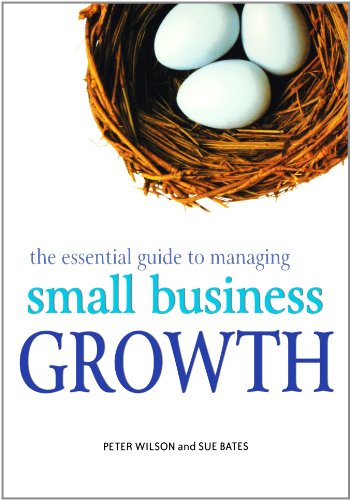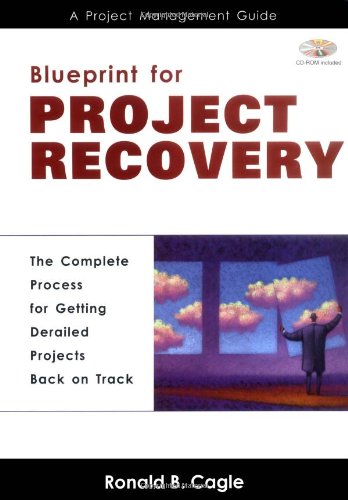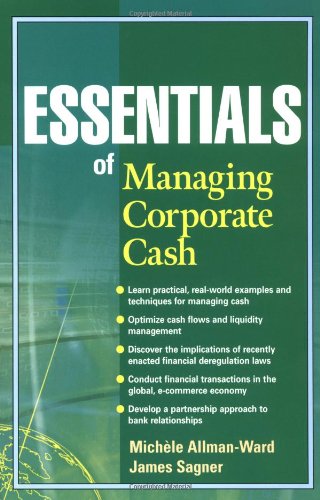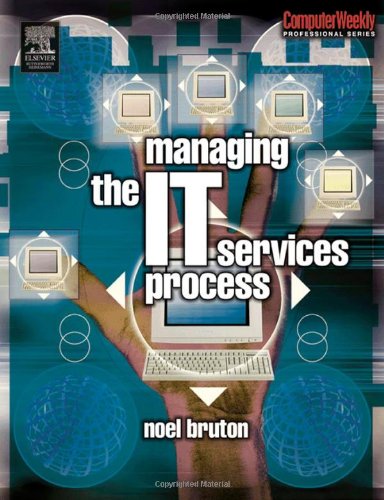Peter Wilson, Sue Bates0470850515, 9780470850510, 9780470868409
Table of contents :
The Essential Guide
to Managing Small
Business Growth……Page 4
Copyright……Page 5
Contents……Page 6
Foreword……Page 10
Preface……Page 12
Making the transition……Page 16
The relevance of management theory to growing businesses……Page 19
Managing effectively and efficiently……Page 22
Setting realistic goals……Page 24
Synopsis of the book……Page 25
Strategic issues: Setting the scene……Page 28
The Titanic: A salutary lesson in strategy……Page 29
Review of current performance……Page 30
Analysing competitive forces……Page 32
Market segmentation: Defining customer behaviour……Page 33
Strategic marketing analysis……Page 34
Hygiene factors……Page 36
Defining core competences……Page 38
Completing the strategic review: SWOT analysis……Page 41
Setting strategy……Page 43
Phase 1: Setting out the options……Page 44
Phase 2: Evaluating the options……Page 47
The chosen strategy……Page 50
Stretching your organization……Page 51
Organic growth vs merger or acquisition……Page 52
Notes……Page 53
Further reading……Page 54
Customer behaviour……Page 56
Market segmentation……Page 60
Competitor analysis and distinctive competence……Page 62
Market positioning……Page 63
The marketing mix……Page 66
Products, product differentiation and packaging……Page 67
Pricing……Page 68
Place: Channels of distribution……Page 69
Promotion: Communicating the offer……Page 70
People: Organizing the marketing function……Page 72
Relationship marketing……Page 75
Customer relationship management ( CRM)……Page 77
Customer feedback……Page 78
Market research……Page 81
The marketing plan……Page 82
Postscript: Action on ABCO¡¯s marketing problems……Page 87
Further reading……Page 88
Understanding organization……Page 90
Organization maintenance and development……Page 91
The origins of an organization……Page 92
How organizations work: Structure, people, processes and systems……Page 94
Structure……Page 95
People……Page 98
Processes and systems……Page 103
Specifying jobs and the people to fill them……Page 105
Other influences on organization……Page 106
Organizational diagnosis: How to overhaul your organization……Page 107
Further reading……Page 111
Attention to task and to people processes……Page 112
People and productivity……Page 113
Managing priorities and getting things done……Page 114
Understanding motivation……Page 116
Positive motivation, dissatisfaction and demotivation……Page 119
Getting performance from people……Page 121
Briefing and ¡® contract setting¡¯……Page 123
Feedback and review……Page 127
Dealing with entrenched performance problems……Page 131
Further reading……Page 132
Power in the growing organization: Making it safe to delegate……Page 134
Leadership and delegation……Page 135
Leadership style……Page 136
Working with teams……Page 140
Balancing attention to task with attention to people and processes……Page 143
Team roles: Composition of the successful team……Page 144
Matching team processes to task and situation……Page 147
Aligning people with purpose: Using performance appraisal effectively……Page 151
A workable appraisal system……Page 153
Conducting an appraisal meeting……Page 157
Systematic development of competences……Page 159
Recruiting new people……Page 160
Selection interviewing……Page 161
Induction of new recruits……Page 164
Building and leading the team: The underlying skills……Page 165
Further reading……Page 166
Culture and the growing organization……Page 168
What is organizational culture?……Page 169
Understanding the organization¡¯s culture……Page 170
Is there a small- business culture?……Page 171
The influence of founders and owners……Page 172
Influencing culture positively……Page 177
Maintaining freshness: Encouraging better ways of doing things……Page 180
Renewal through learning, contribution and growth……Page 181
Further reading……Page 183
8 Managing Business Performance through Financial Analysis……Page 184
The financial statements……Page 185
Accounting principles……Page 187
Exploring the profit and loss account……Page 188
Exploring the balance sheet……Page 193
Presentation of accounts for sole traders and partnerships……Page 195
Cash- flow statement……Page 196
Why is profit not the same as cash?……Page 198
Using ratio analysis to understand financial performance……Page 201
Further reading……Page 209
9 Management Information Systems and Financial Controls……Page 210
Controlling profit and cash……Page 212
Managing strategy through gross profit margin……Page 216
Controlling cash: The balance sheet……Page 223
Notes……Page 229
Further reading……Page 230
Types of business plans……Page 232
Stages of strategic planning……Page 233
Preparation……Page 234
Business review……Page 238
Setting objectives……Page 240
Setting corporate strategy……Page 244
Financial adequacy……Page 245
Reviewing and revising the strategic plan……Page 257
Operational action plans……Page 259
Monitoring the strategic plan……Page 264
Further reading……Page 266
Stay focused or venture into new markets?……Page 268
Failure to let go……Page 270
A future role for the founder……Page 272
Appointing a successor to the founder CEO……Page 274
Failure to delegate effectively: Undermining management……Page 276
Owner- manager guilt as a barrier to growth……Page 277
Note……Page 278
Appendix 1: Example of a Strategic Business Plan……Page 280
Appendix 2: Example of a Marketing Plan……Page 290
Appendix 3: Example of a Job Specification……Page 302
Appendix 4: Costing and Pricing Example……Page 306
Index……Page 312







Reviews
There are no reviews yet.